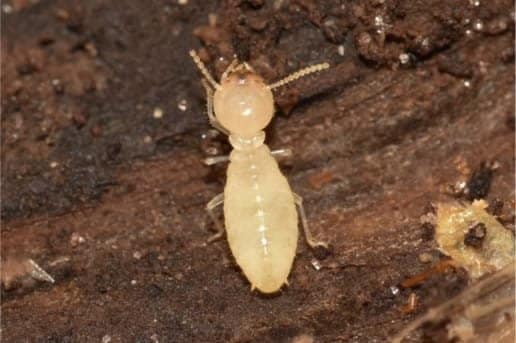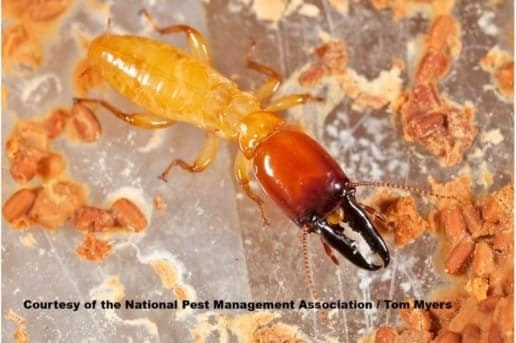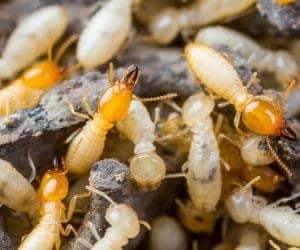By looking at a single termite, it certainly doesn’t look dangerous or menacing, but a whole colony of them can inflict serious structural damage in a home in a fairly short period of time. Termites are known as “silent destroyers” because of their ability to chew through wood, flooring and even wallpaper undetected. Each year, termites cause about $5 billion in property damage.
As the ground warms across the country, from the South to the North, termite populations emerge in search of a new structure to invade. They send their explorers, aka swarmers, in search of hospitable habitats such as homes that may have sustained damage during the winter months due to rain or snow. Because swarmers have such a similar appearance to that of a winged or flying ant, many homeowners may dismiss them as such upon finding them inside their home – a big mistake. If swarmers determine your home to be their perfect home, it’s a safe bet the rest of their colony will follow.
Although there are about 2,000 known termite species in the world, the following present the biggest threat to homeowners in the U.S.
Drywood termites

Drywood termites infest dry wood and do not require contact with the soil, unlike the subterranean and Formosan termites. This termite species often establishes nests in roof materials and wooden wall supports and can infest dead wood that may be around homes. Although they don’t require as much moisture for survival as other species, they can also be found in wood near a water source such as a leaky pipe or water heater. Drywood termites are found in the southern tier states, from North Carolina through the Gulf Coast and into the coastal areas of California. These are the termites most commonly found in south Florida.
Subterranean Termites

Subterranean termites are found in every state except Alaska. This termite species lives in underground colonies or in moist secluded areas aboveground that can contain up to 2 million members. They build distinctive “mud tubes” to gain access to food sources and to protect themselves from open air. Subterranean termites are by far the most destructive species in the U.S.
Formosan Termites

Originally from China, Formosan termites are the most voracious, aggressive and devious of over 2,000 termite species known to science. Formosans are organized into huge underground colonies, and build intricate mud nests inside the walls of a structure. Because of their aggressive nature, Formosan termites are difficult to control once they infest a structure. Formosan termites are found in Hawaii, North Carolina, South Carolina, Georgia, Virginia, Texas, Louisiana, Alabama, Florida, Tennessee, South Carolina and California.
Dampwood Termites

As the name suggests, dampwood termites infest wood with a high moisture content. Dampwood termites are normally larger in size than other termite species. They do not usually infest structures because of the low moisture content of wood in structures, however, care must be taken to avoid attracting dampwood termites to a structure. Dampwood termites are found in Pacific coastal and adjacent states, the desert or semi-arid southwest, and southern Florida.


